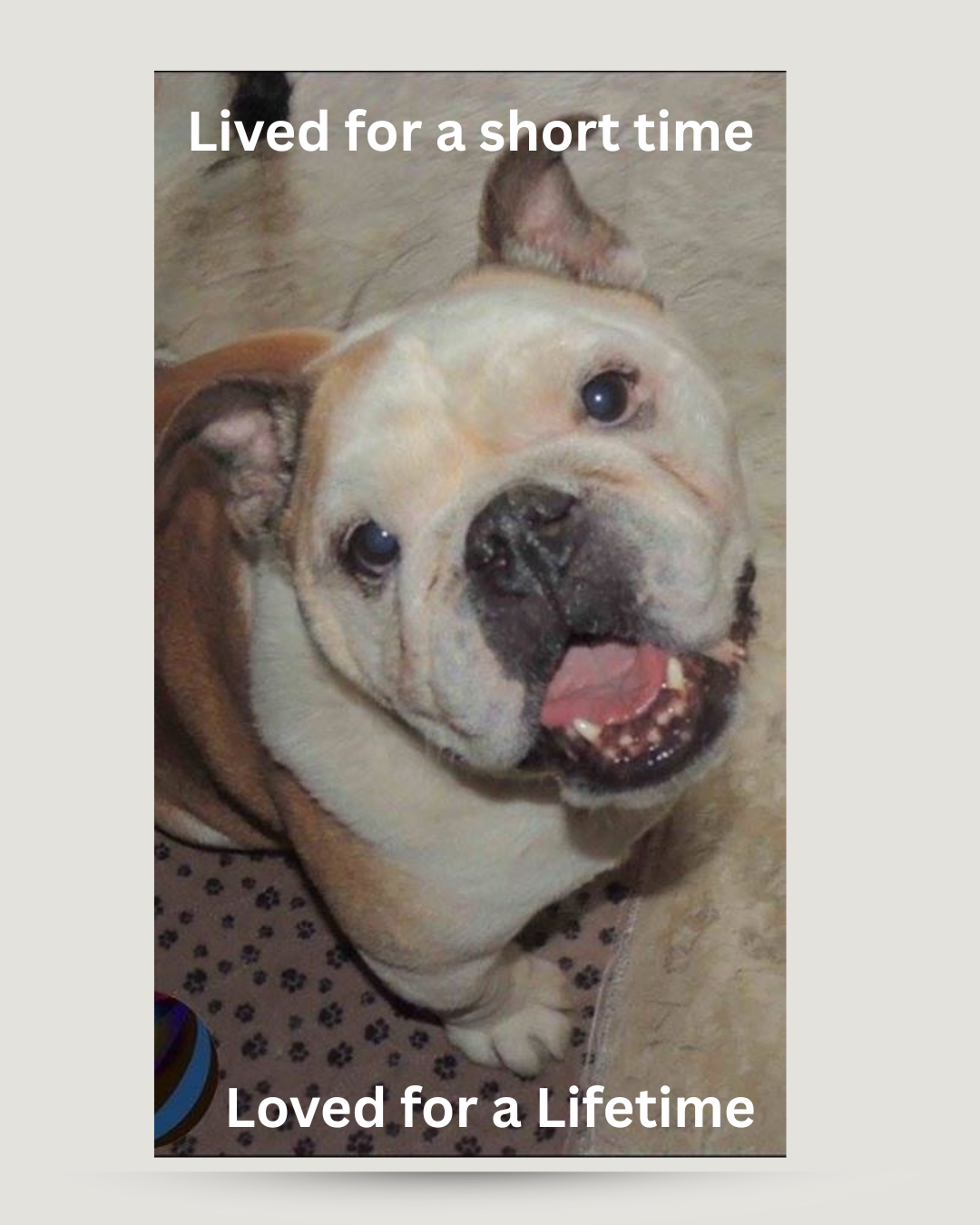From Gratitude to Attitude
Workplace Lessons from a 7-Year Old Bulldog Named Frank
Some lessons come from unexpected places, and one of my greatest workplace insights came from a seven-year-old bulldog named Frank.
When we adopted Frank, he carried the energy of someone who truly believed his good fortune might vanish at any moment. He stuck close to his kennel, watched us carefully, and carried a quiet gratitude that almost felt fragile. Give him two treats and he immediately looked like we had given him the world. Invite him onto the couch and he would ease himself up like a guest terrified of overstaying his welcome. Those early days were filled with appreciation and caution in equal measure.
But then it happened. The shift.
Once Frank realized he was staying forever, the gratitude cracked open and his personality came pouring out. It started with the couch. The middle seat was beneath him. He required the left side, firmly against the armrest, which he treated as his personal headrest. That was his place. Everyone else could adjust accordingly.
Calling him inside from the backyard became a performance. Words did not work. Tone did not work. Promises did not work. We had to show him a treat like we were presenting legal evidence. Only then would he waddle in with the confidence of someone who knew the terms of the deal and expected them to be honoured.
But the bed was the masterpiece. Frank was barely two feet long, and somehow he could transform that (somewhat) modest body into a living continent. He would stretch himself horizontally, diagonally, or in shapes I am still convinced defied biology. Meanwhile, the humans who paid the mortgage would hang onto the edges of the mattress like mountain climbers dangling off a cliff. He took over the space, and he did it with complete entitlement, as if the bed had always been designed for him and we were simply incidental.
We found it all unbelievably endearing. We laughed about it then, and we still laugh about it now. But during a recent conversation, someone pointed out something that stuck with me:
“This sounds exactly like a new employee. Grateful at first… then once they know they’re staying, the attitude shows up.”
It was spot on.
The Shift from Gratitude to Attitude
New employees start off careful, appreciative, and agreeable. They arrive wanting to impress, wanting to fit, and wanting to show they made the right choice. They sit in the metaphorical middle seat without complaint.
And then, just like Frank, something changes.
Once they feel safe, they begin expressing preferences. They speak up about what they want. They push boundaries a little. They negotiate. They start taking up space. Their real personality appears. This is not bad behaviour. It is human behaviour. Comfort reveals authenticity, and authenticity often comes with opinions, requests, and quirks that were not visible during the honeymoon phase.
This shift is predictable, natural, and completely normal. The key is understanding how to guide it.
What Employers Can Do
The goal is not to stop the shift. The goal is to manage it so comfort becomes contribution instead of complacency.
Strengthen expectations beyond the first three months
Most organizations are structured for onboarding, not long-term clarity. Employees need reminders after the ninety-day mark about what still matters, what the standards look like in real practice, and how success is measured over time. Without reinforcement, people start creating their own versions of acceptable behaviour.
Normalize feedback early and regularly
If feedback appears only after the employee settles in, it feels like punishment. Leaders should create a rhythm of small, regular check-ins that start early and never stop. When feedback is simply part of the culture, employees are less likely to feel singled out or surprised when boundaries are reinforced.
Channel confidence into accountability
When employees start asserting themselves, it is often a sign they are ready for more responsibility. Instead of pushing back automatically, leaders can redirect the newfound confidence toward projects, decisions, or improvements. Comfort can be the starting point for ownership if leaders guide it in that direction.
Hold boundaries consistently
Comfort should not erase expectations. If showing up on time mattered on day one, it still matters on day one hundred. Consistent boundaries prevent entitlement from taking root. Employees thrive when the rules are clear, predictable, and evenly applied.
Create rituals that keep gratitude alive
Gratitude fades when work becomes habitual. Bring it back through genuine recognition, meaningful conversations, and involvement in decisions that affect their work. Gratitude grows in cultures where people feel seen, valued, and connected to purpose.
Frank’s Final Lesson
When I think back on Frank, I think of all his hilarious antics, and I cherish them because they were the truest sign he knew, with absolute certainty, that he was home.
Employees do the same thing. Once they know they belong, they stretch. They claim space. They ask for what they want. They stop being careful.
This is not something to fear. It is something to direct.
The shift from gratitude to attitude is one of the clearest indicators that someone feels at home in an organization. Leaders who understand that can shape it, support it, and turn it into long-term engagement.
After all, if someone takes over the left side of the couch, it means they believe they are staying. And that is the moment when the real work begins.


